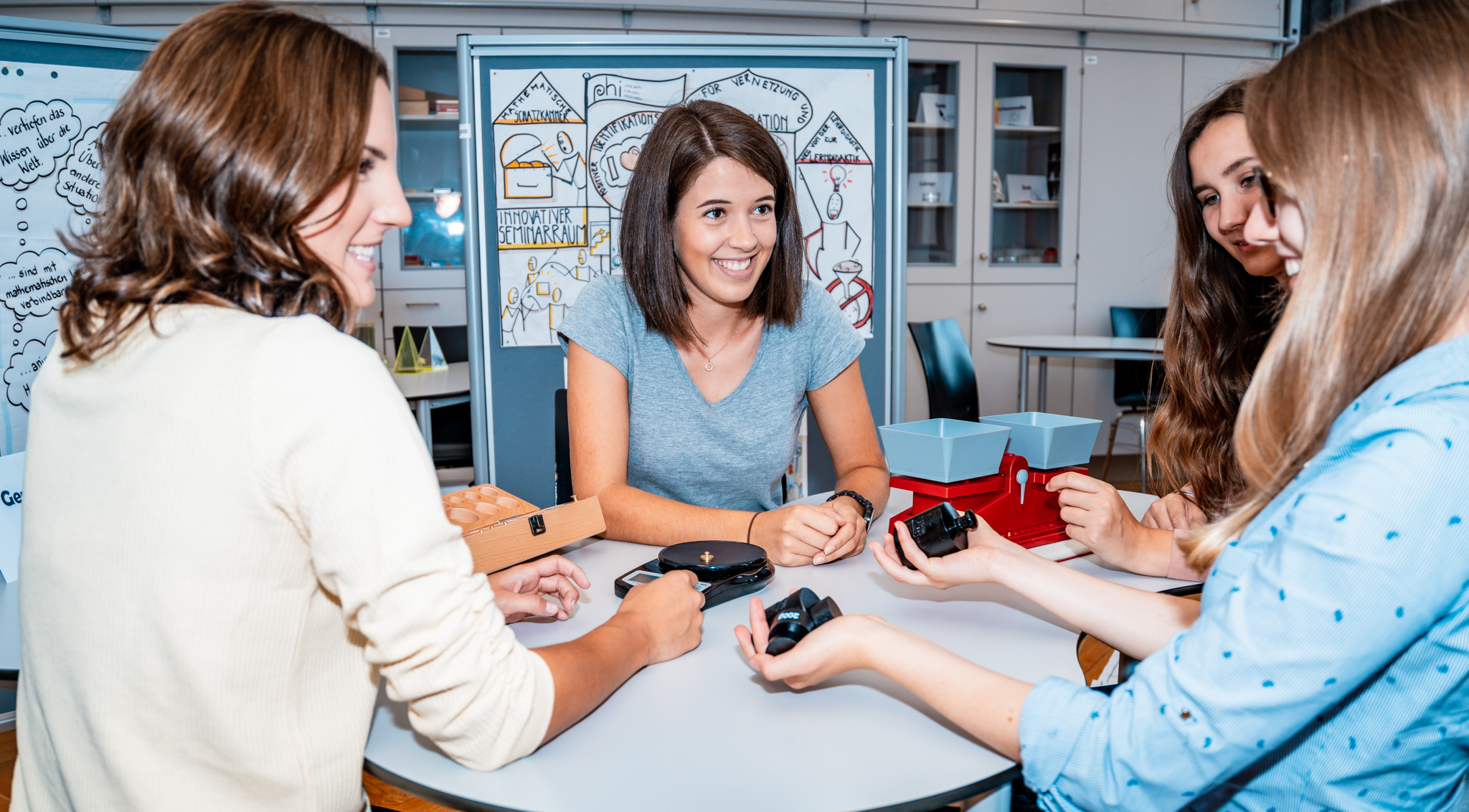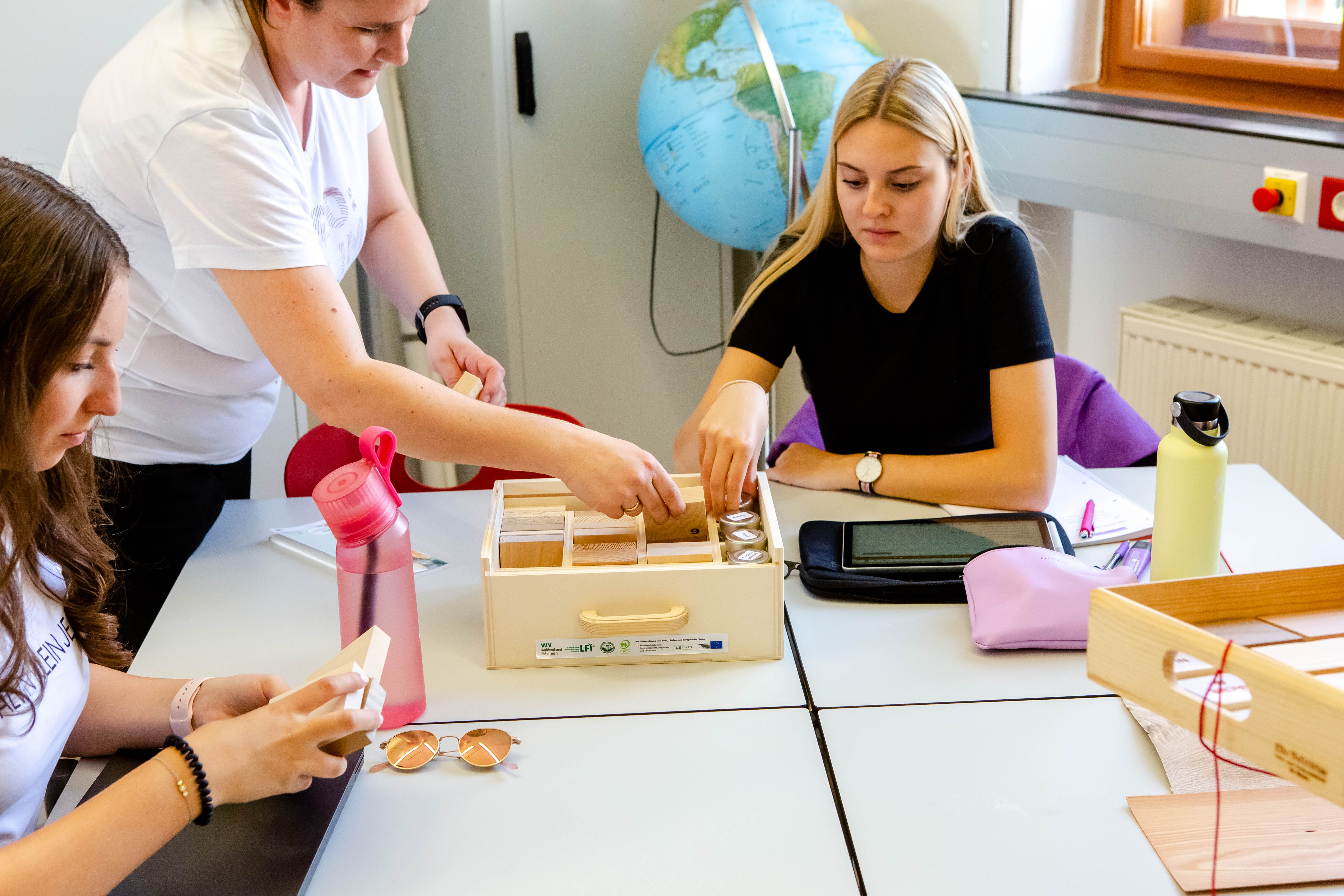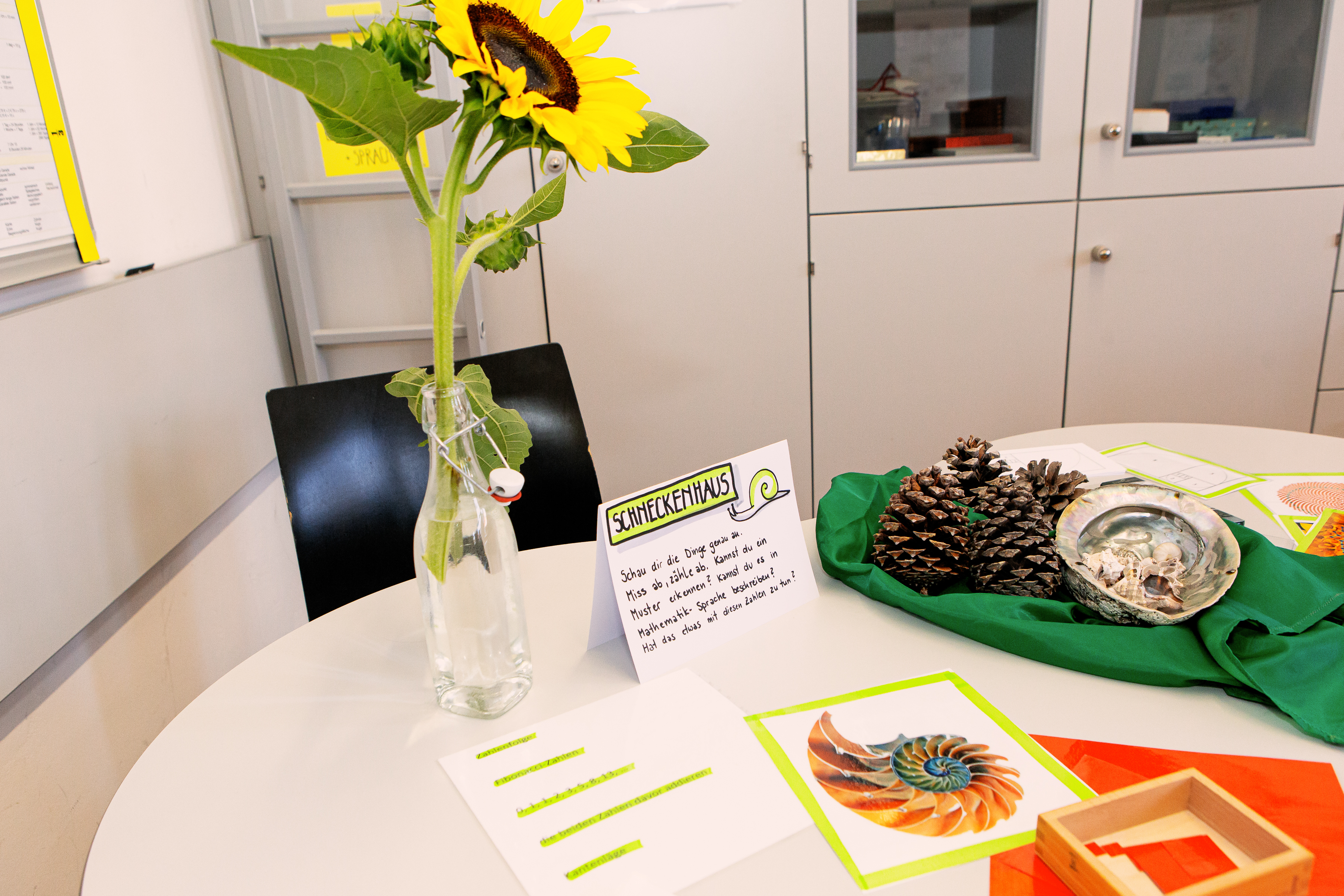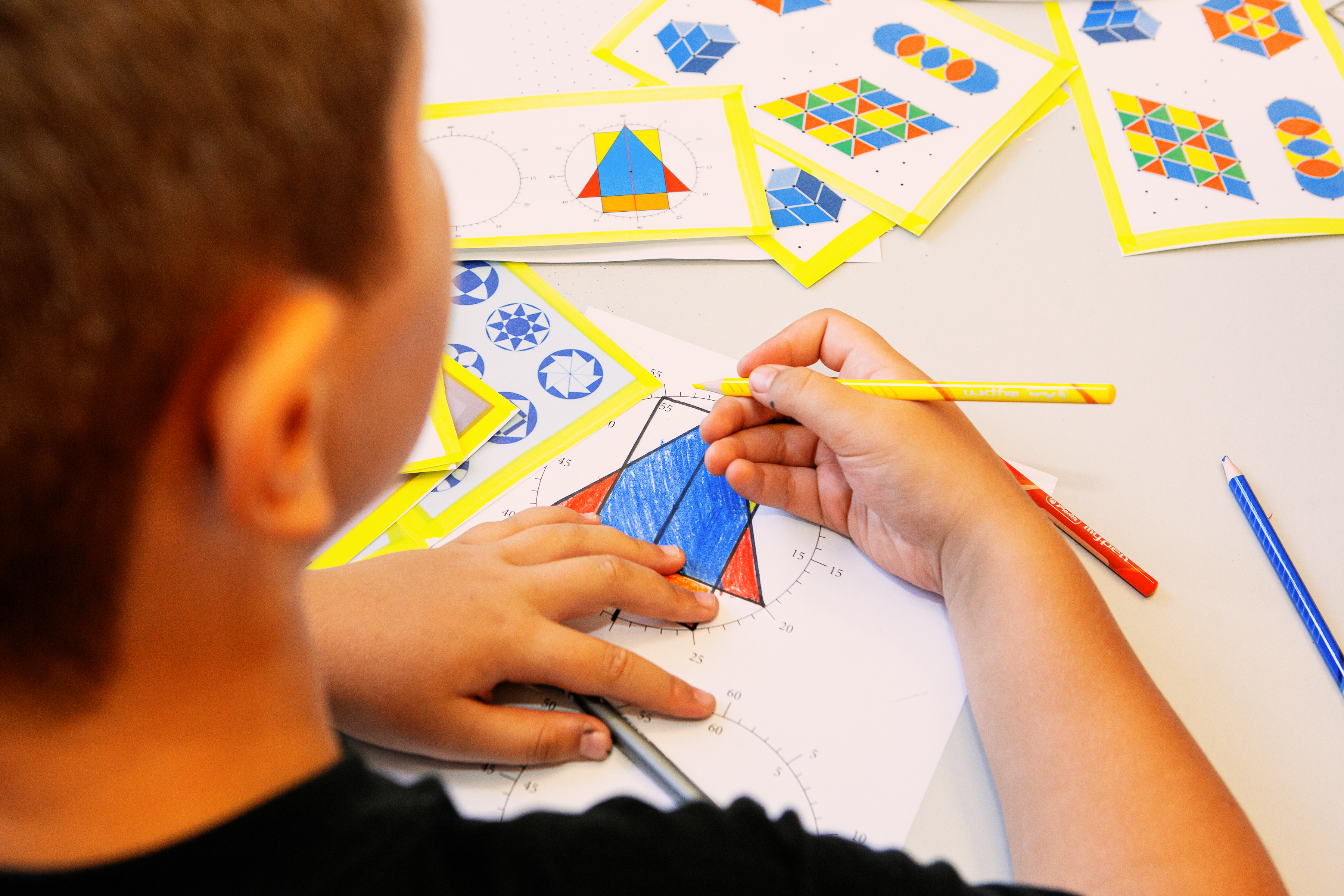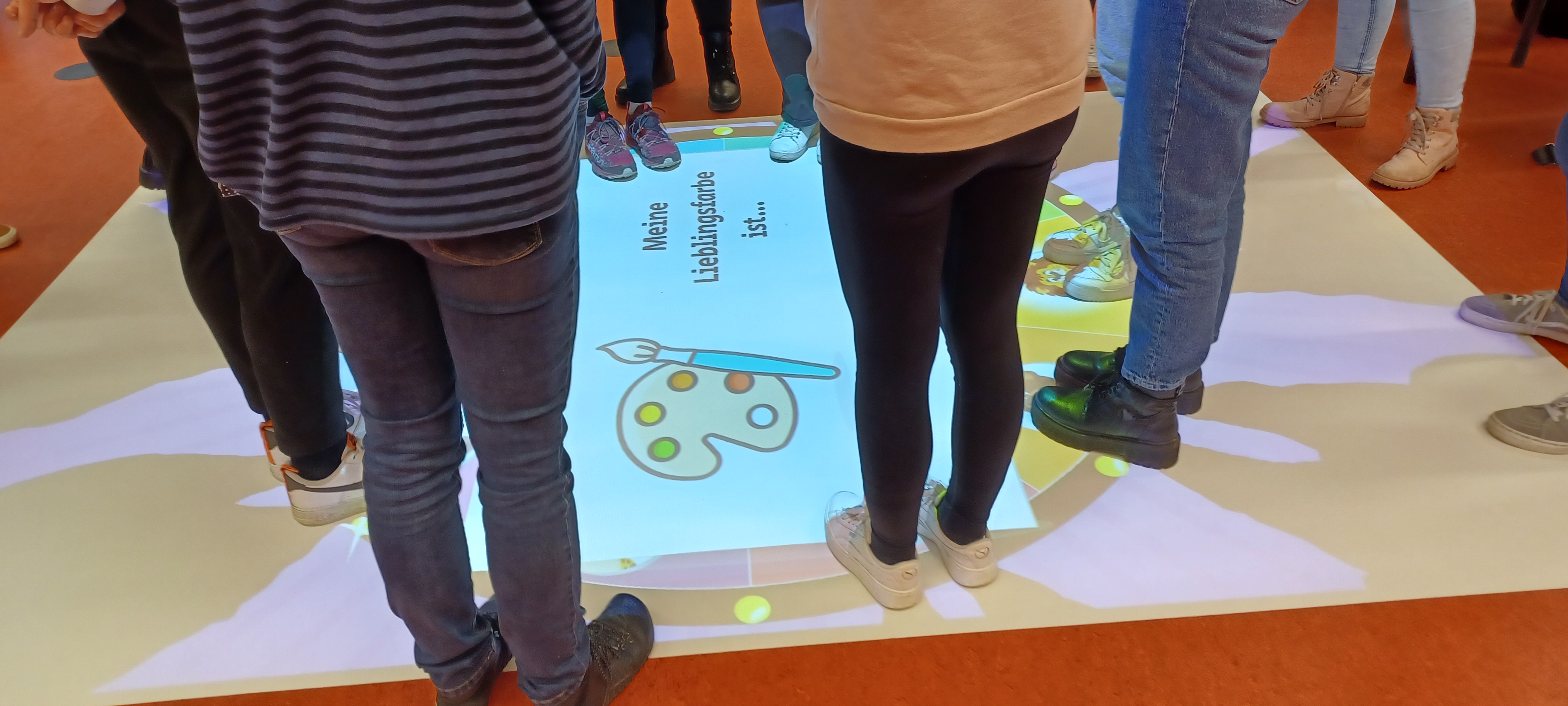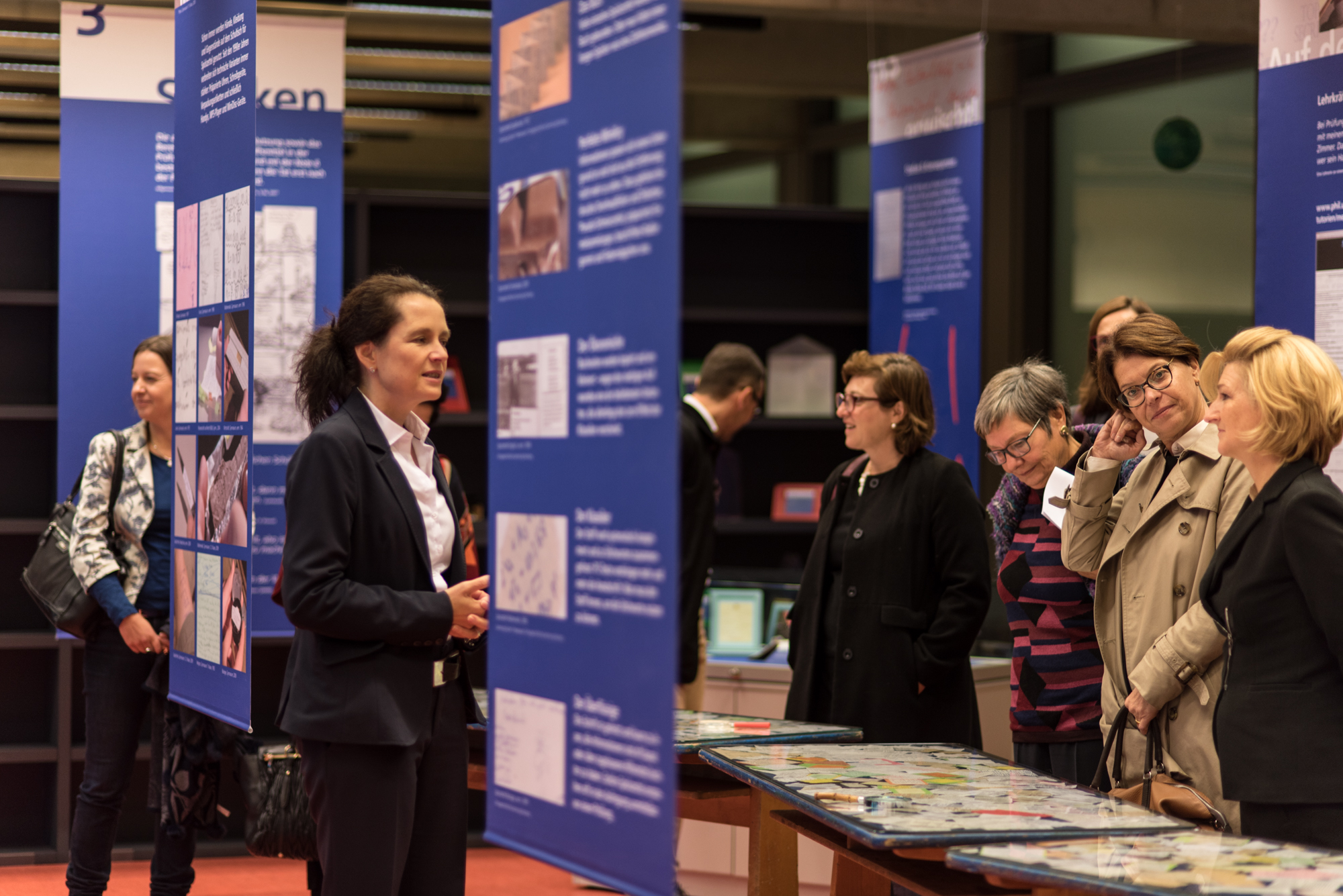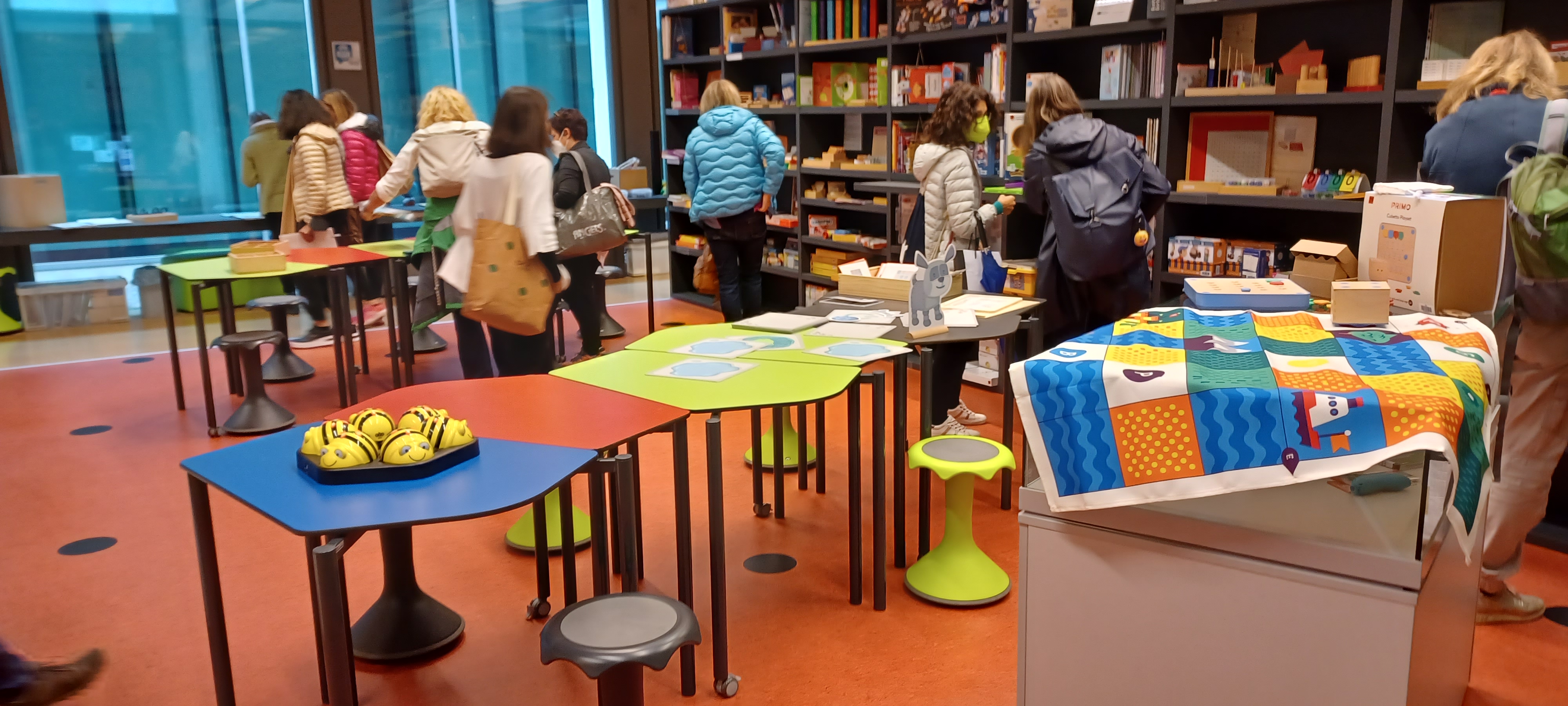- Start
- NeHle e.V.
- Hochschullernwerkstätten
- Tagungen
- Übersicht
- 2026 - Aufbruch
- 2025 - Halle
- 2024 - Graz
- 2023 - Trier
- 2022 - Frankfurt (digital)
- 2021 - Saarbrücken (digital)
- 2020 - Wien
- 2019 - Brixen
- 2018 - Erfurt
- 2017 - Bremen
- 2016 - Saarbrücken
- 2015 - Osnabrück
- 2014 - Berlin
- 2013 - Solothurn/Brugg
- 2012 - Siegen
- 2011 - Kassel
- 2010 - Linz
- 2009 - Halle
- 2008 - Berlin
- Literatur
- Kontakt
Space
The space is a constituent element of a "Hochschullernwerkstatt" in several respects. It fulfils a wide variety of functions: on the one hand, the physically accessible space provides the visible, tangible and configurable framework for a "Hochschullernwerkstatt" and differs from the usual rooms in an educational institution in terms of its equipment and interior design. On the other hand, a "Hochschullernwerkstatt" opens up a space for interaction, for encountering and engaging with materials, topics, phenomena and other actors. The space is multifunctional and participatory, and can be used flexibly according to the needs of the learners. A "Hochschullernwerkstatt" is therefore a space of possibility and enablement, in the sense of enabling spaces (Peschl & Fundneider 2012; Müller-Naendrup 2012). Against the backdrop of the current culture of digitality (Stalder 2016), it is important to think about the "Hochschullernwerkstatt" space in new directions and to reflect on it further (e.g. Stadler-Altmann 2024; Ninnemann & Jahnke 2018).
Lead author: Ulrike Stadler-Altmann
Back to the definition of "Hochschullernwerkstatt"
© 2024 lernwerkstatt.info | Impressum | Datenschutzerklärung |



